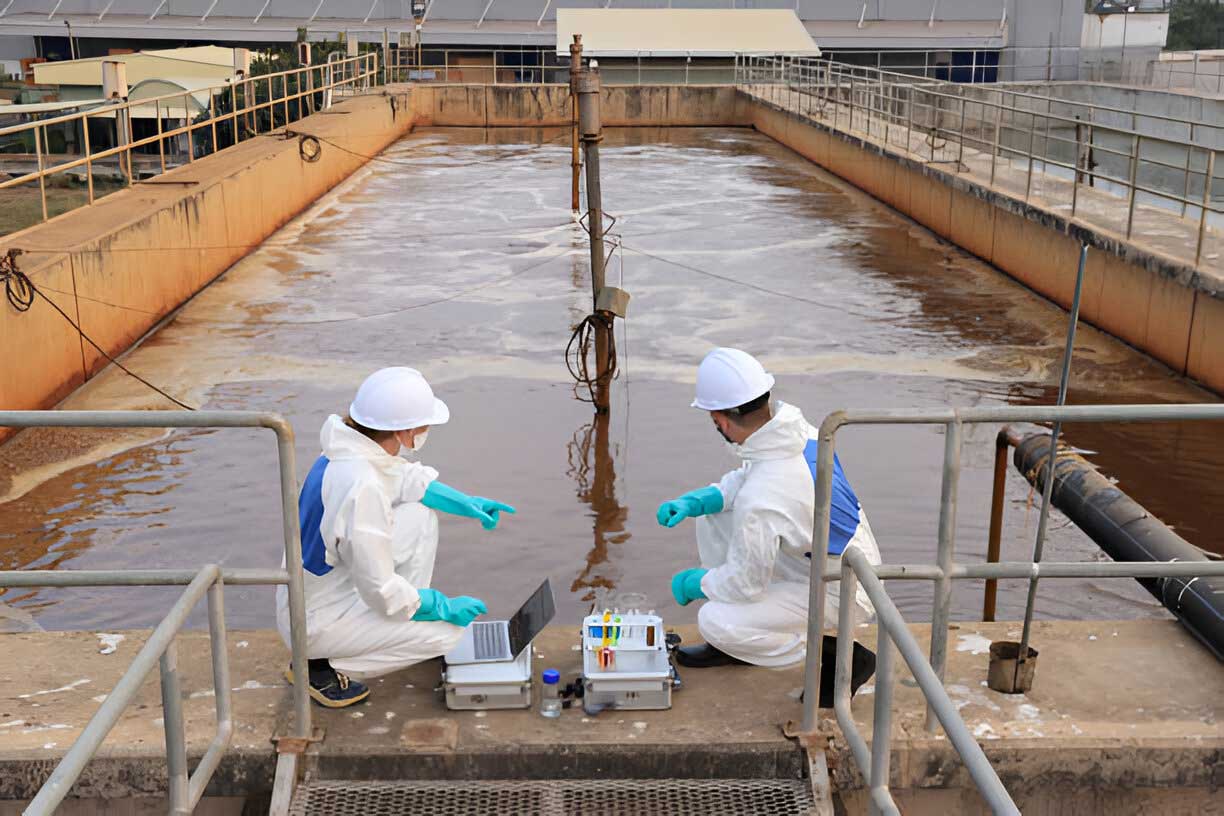 +86 13600513715
+86 13600513715
Municipal Wastewater Characteristics and Challenges
Core Components of Municipal Wastewater
Organic Matter (BOD/COD)
Food waste, human waste, and detergents.
Nutrients (Nitrogen & Phosphorus)
Leading cause of eutrophication in rivers and lakes.
Suspended Solids (SS)
Particles that reduce treatment efficiency.
Pathogens
Bacteria, viruses, and parasites threatening public health.
Emerging Contaminants
Pharmaceuticals, microplastics, and PFAS chemicals.
Critical Challenges
Nutrient Overload
Even 1 mg/L of phosphorus can trigger algal blooms.
Flow Variability
Stormwater influx may increase flow rates by 200%, overwhelming systems.
Energy Intensity
Aeration accounts for 50-60% of treatment plant energy use.
Regulatory Pressure
Discharge limits for nutrients and contaminants are tightening globally.
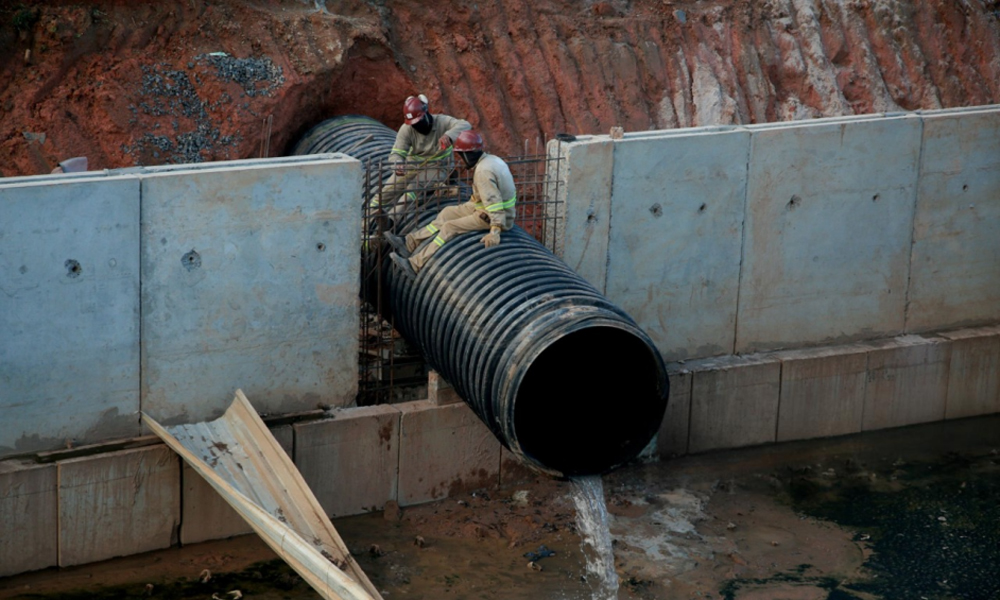
Primary Treatment: Removing Solids
● Objective: Screen debris and settle grit/sediments.
Innovation:
● JUNTAI‘s Tube Settlers: Increase settling efficiency by 300% compared to traditional clarifiers.
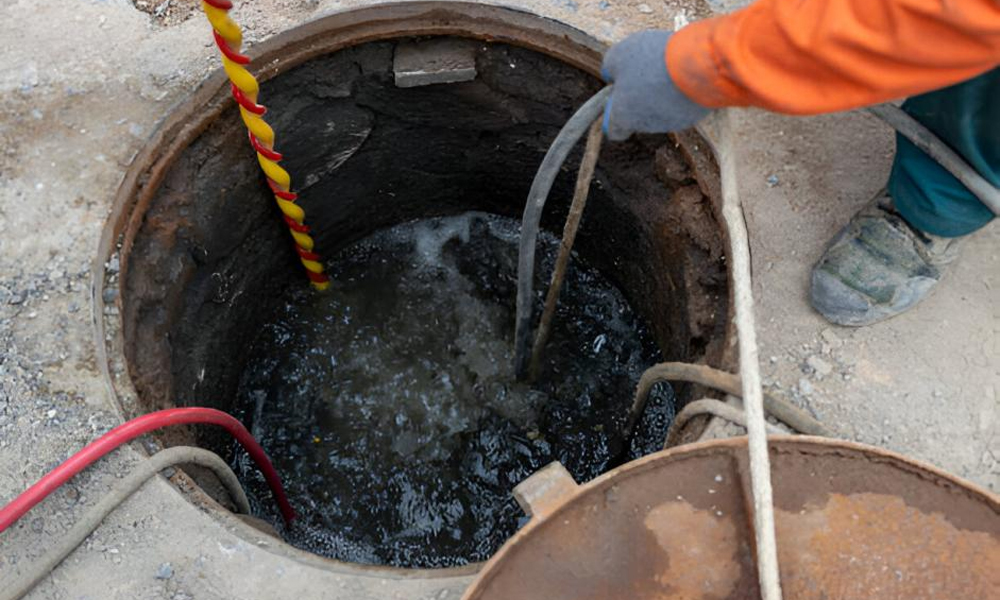
Secondary Treatment: Biological Degradation
● Objective: Reduce BOD/COD through microbial action.
Technology Spotlight
● Activated Sludge: Conventional method needing large basins.
● MBBR (Moving Bed Biofilm Reactor): Uses free-floating biofilm carriers to increase microbial density.
● JUNTAI's MBBR Advantage: 40% smaller footprint, handles 30% higher load fluctuations.
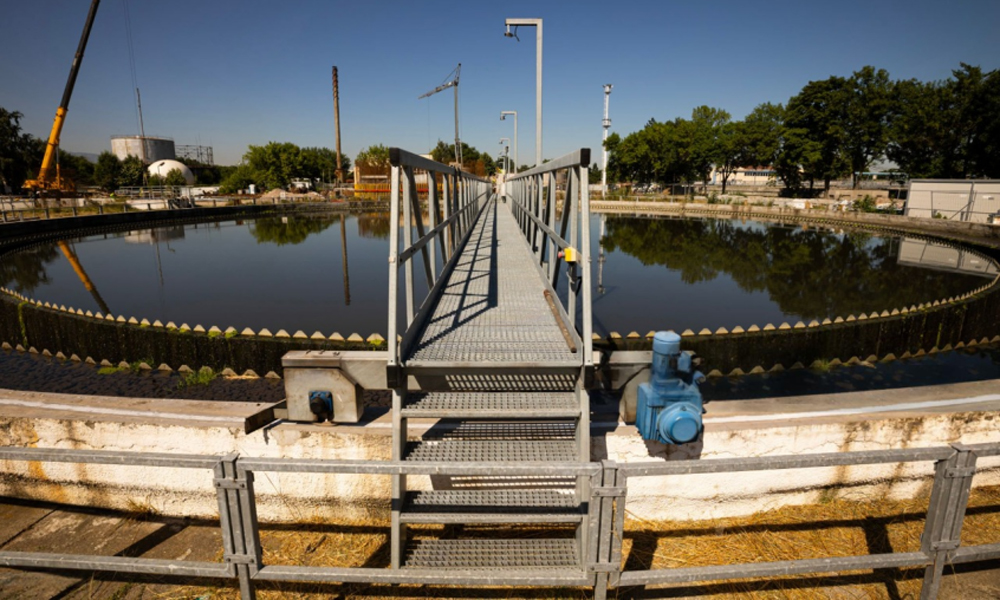
Tertiary Treatment: Polishing and Disinfection
● Objective: Remove residual contaminants for safe discharge/reuse.
Advanced Methods
● Membrane Filtration: Achieves <1 NTU turbidity.
● UV Disinfection: Chemical-free pathogen removal.
● AOP (Advanced Oxidation): Degrades persistent pharmaceuticals.
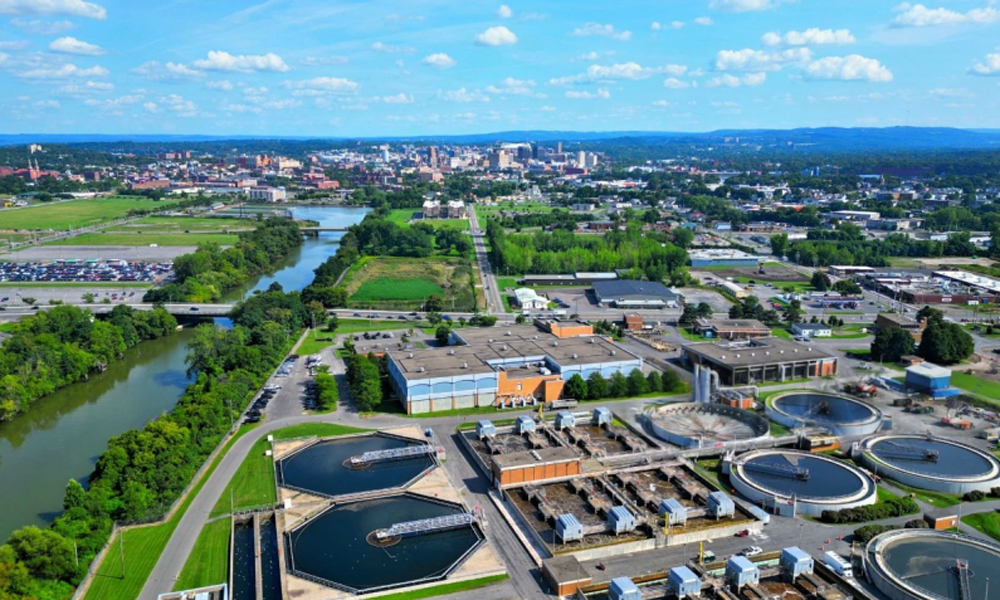
Nutrient Removal: Combating Eutrophication
● BNR (Biological Nutrient Removal)
● Process: Anaerobic-Anoxic-Aerobic zones for nitrogen/phosphate removal.
● JUNTAI's BNR Optimization: Integrated MBBR systems achieve 95% TP and TN removal.
Addressing Emerging Challenges
Energy Efficiency in Wastewater Treatment
Sludge Management
Real-World Solutions: JUNTAI's Case Studies
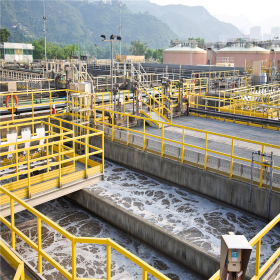
Upgrading a 50,000 m³/day Plant in Southeast Asiawhy choose SONICE
-
1
Background
A coastal city faced escalating fines due to nutrient discharges harming marine ecosystems. Existing infrastructure (built in 1998) couldn’t meet new EU-standard limits (TN<10 mg/L, TP<1 mg/L). -
2
JUNTAI’s Integrated Approach
MBBR Retrofit: Added biofilm carriers to existing aeration tanks, boosting microbial activity without expanding tank volume.Tertiary Membrane Filtration: Installed ultrafiltration (UF) membranes to polish effluent.Zero-Downtime Installation: Phased construction over 6 months ensured continuous plant operation. -
3
Results
Parameter Before Upgrade After Upgrade Total Nitrogen 18 mg/L 8.2 mg/L Total Phosphorus 3.5 mg/L 0.7 mg/L Energy Use 1.2 kWh/m³ 0.98 kWh/m³ Environmental Impact: Coral reef monitoring showed a 40% reduction in algal cover within 18 months.Client Feedback: “JUNTAI’s phased approach allowed us to meet regulations without service interruptions.” – Plant Manager, City Water Authority.
Compact Plant for a 10,000-Resident Town
-
1
Challenge
Limited land and budget. -
2
Solution
Prefabricated MBBR system with tube settlers.Fully automated controls. -
3
Results
70% lower capital cost vs traditional activated sludge.Passed WHO effluent guidelines.
